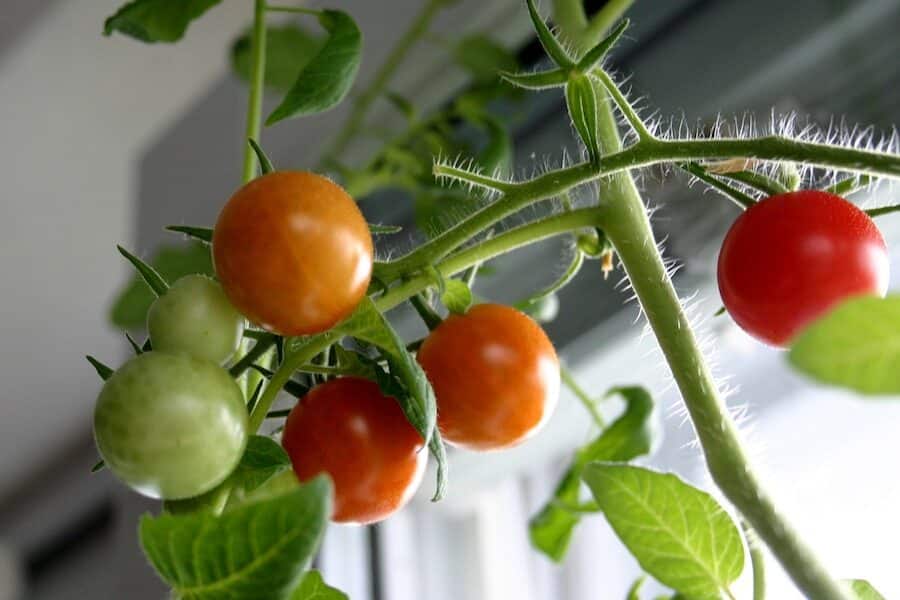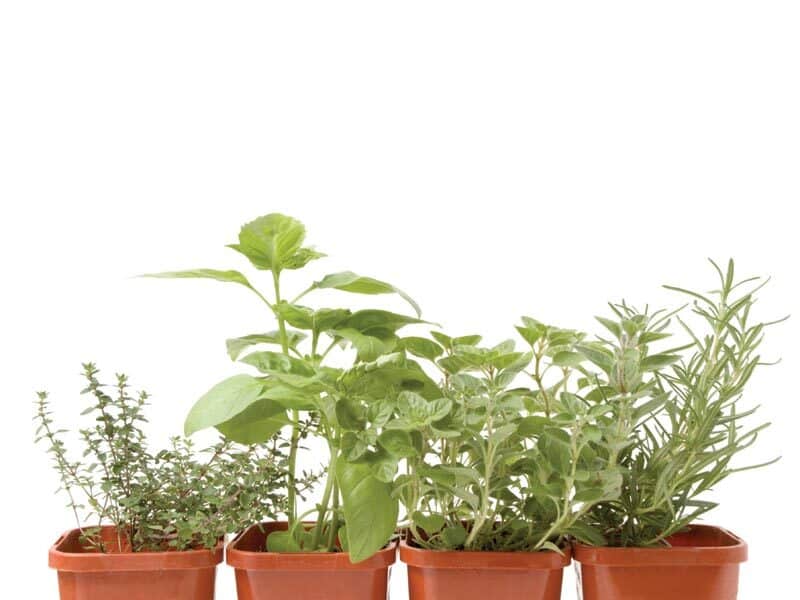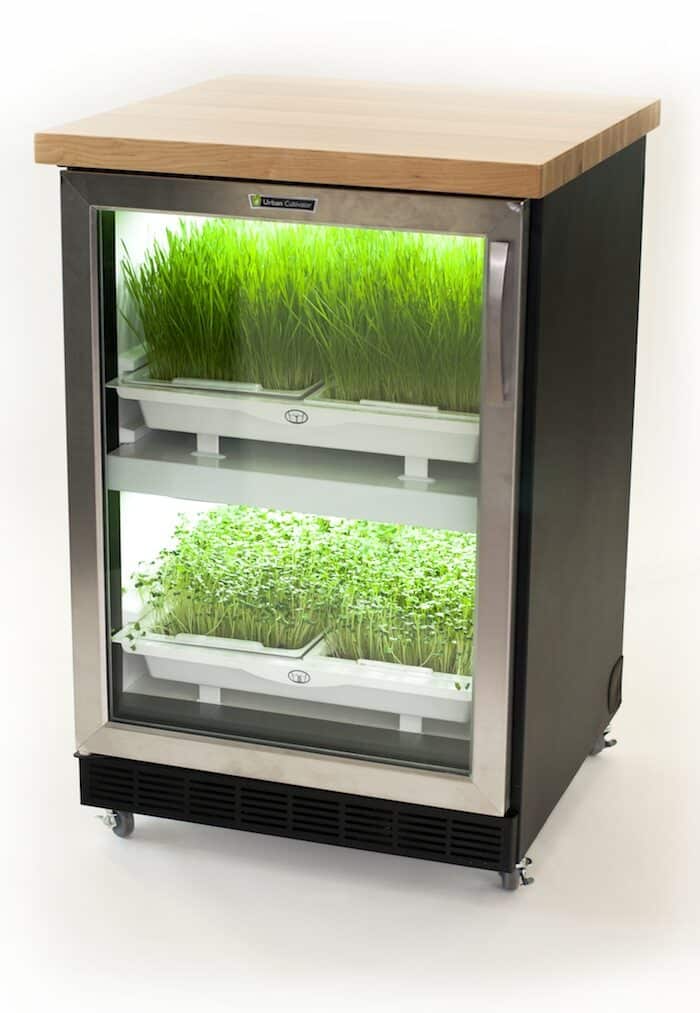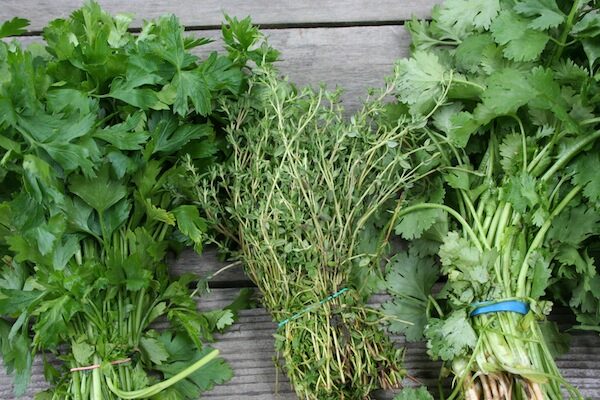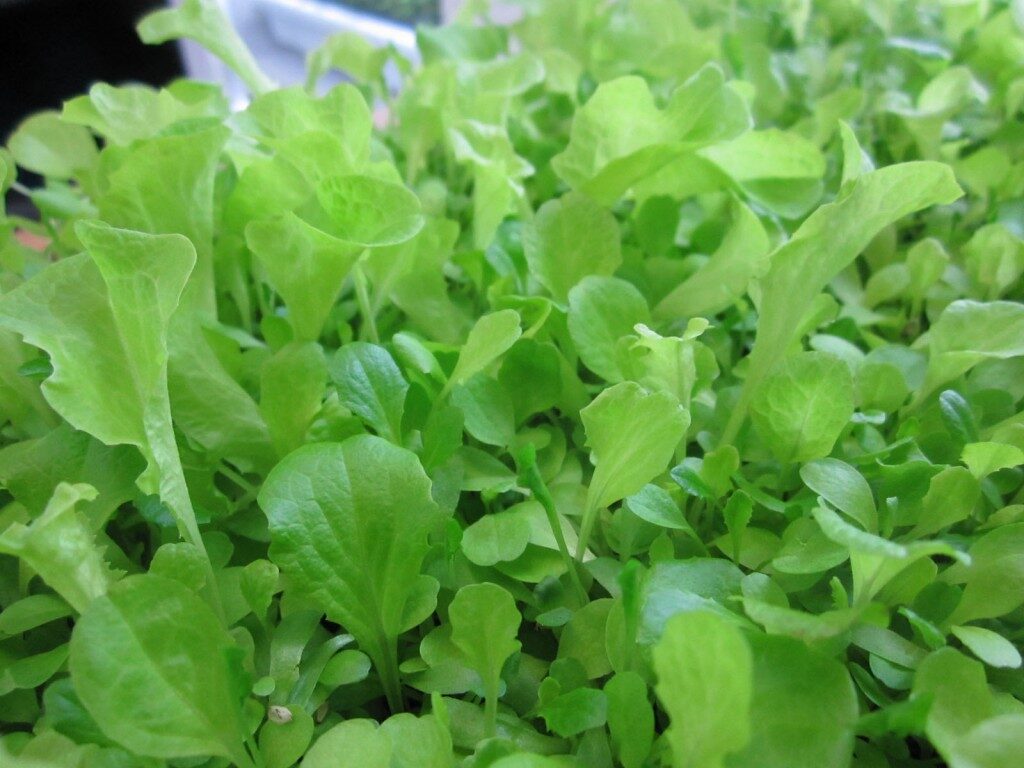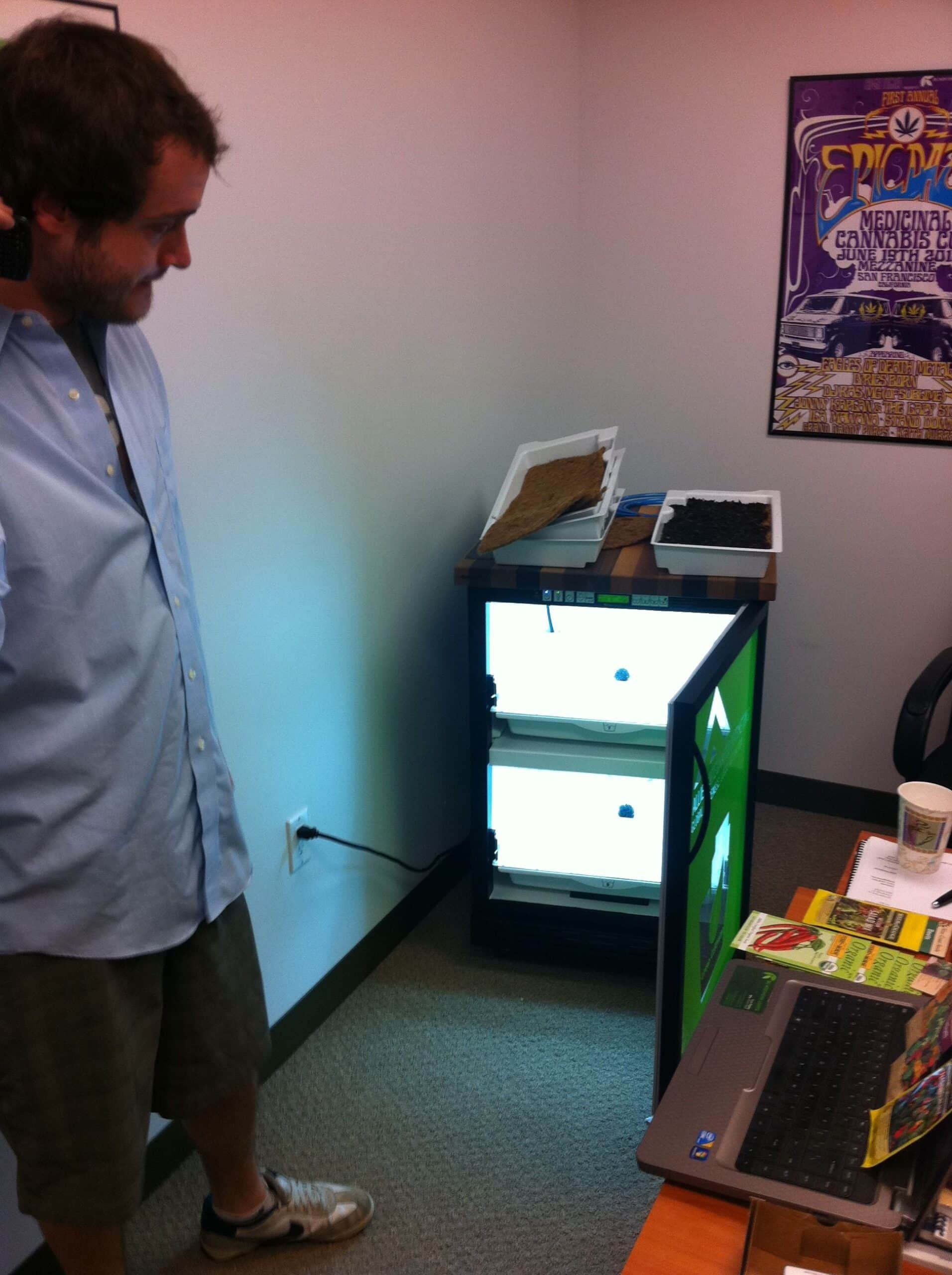
Tips & Tricks
23 Jul 6 Essentials to an Indoor Herb Garden
The only thing better than fresh herbs is growing and harvesting your own fresh herbs. It's convenient, inexpensive, and simply great to have complete control of what you put in your food. An indoor herb garden is easy to put together when you know what to do. Here are some essentials that you'll want to go over before you get it started.11 Jul You are Losing Money Buying Herbs at the Grocery Store
So you've been buying herbs at the store or at the farmer's market. With the former, it's convenient, and with the latter, it's nice to support local businesses. But ask yourself this: when was the last time you actually used up all of your herbs before it went bad? How much of the packet or bundle of herbs was already unusable by the time it had to go into your food? With an Urban Cultivator indoor garden, not only do you have immediate access to herbs and microgreens, making it incredibly convenient, but creating waste is a thing of the past. In this, you won't ever have to throw away herbs—which is essentially throwing away your money—again.03 Jul How to Prune Herbs for the Best and Freshest Results
If you want your herb garden to grow into its most luscious, abundant self, then you need to know how to prune. Pruning is essentially snipping off leaves and some parts of stems of your plants, which will prompt them to continue to grow. In doing so, you can control the shape of your garden, as well as its size! Here are some top tips on pruning your herbs.27 May How to Grow Lettuce Indoors
One complaint that people have about eating healthy is the lack of high-quality organic produce. It can be hard to source your own greens, such as lettuce. But why purchase lettuce when you can easily grow your own? Satisfy the culinary adventurer within you and start from scratch to grow your own lettuce. We've got some tips on how to do just that.12 May Your Lovely Food Memories Shared with Your Mothers
For our "Treat Her Right" contest, we asked you to tell us your favorite food memory with your mom. We've already picked the winners, but we felt that all of your lovely memories should be shared. Read them below. Happy (belated) Mother's Day!07 Nov Urban Grow Journal #1 – My First Crop
My name is Eric and just a little over two weeks ago I received my Kitchen Cultivator from Urban Cultivator. I've been really excited to show the Kitchen Cultivator in action in my home and I already have some results. The first crops that I have planted are Pea Tendrils, Spinach, Arugula and Cilantro... and believe me I am completely stoked to have fresh Arugula in November (and in Vancouver no less!).26 Apr WEEK 1 – Grow Your Own ANYWHERE – Our In-Office Grow Journal
Today is an exciting day at our marketing office in Los Angeles! Today we get our new Kitchen Cultivator dropped off at the office and we are having our resident grow guru, Kyle help to get everything hooked up and off to the races. The KC unit is surprisingly simple to hook up. We are expecting to see sprouts in the next few days so stay tuned!- 1
- 2

